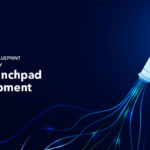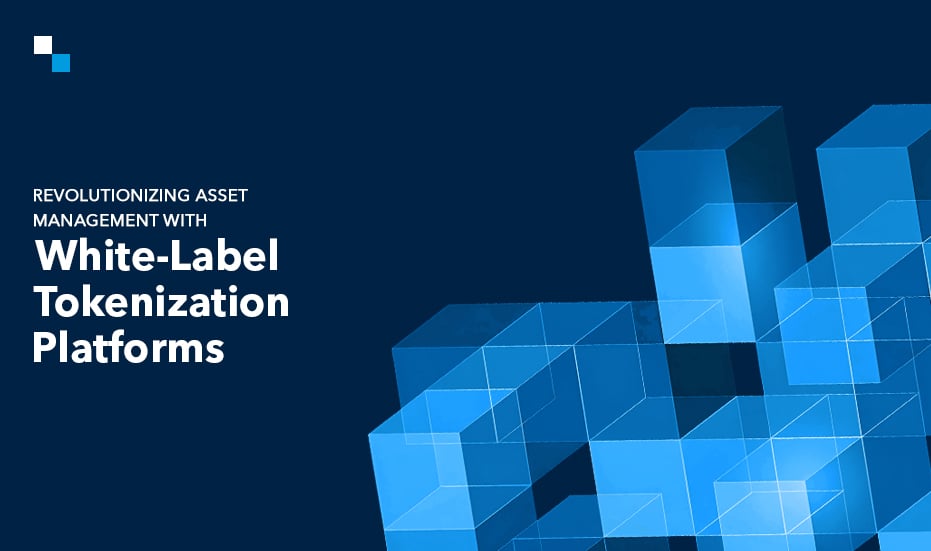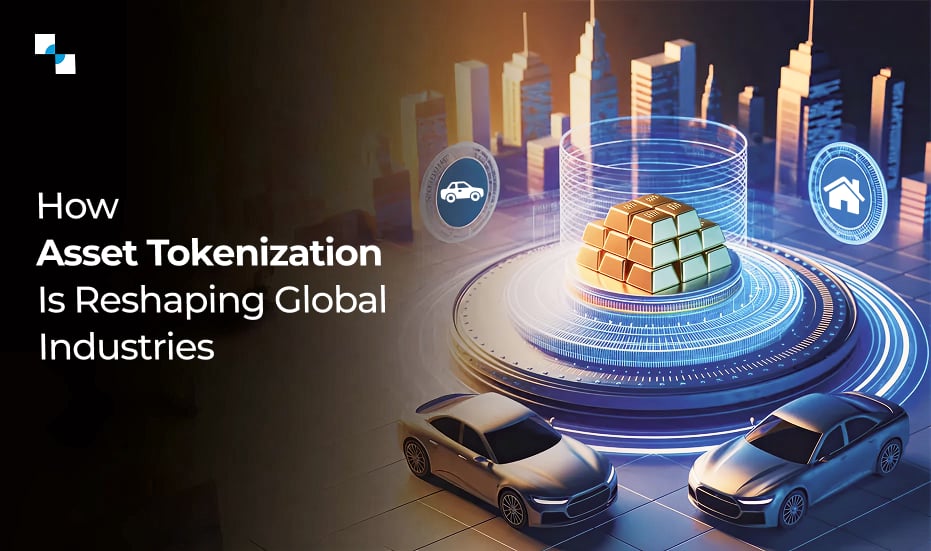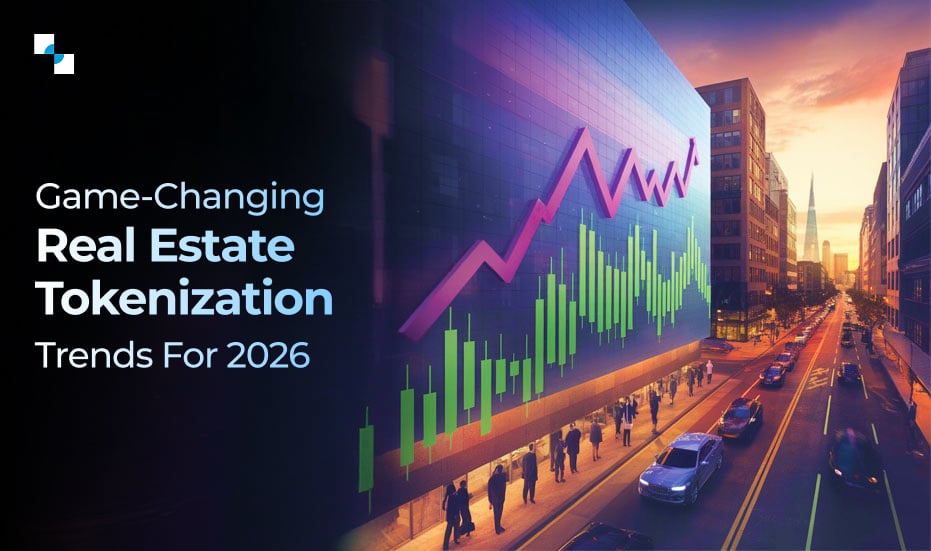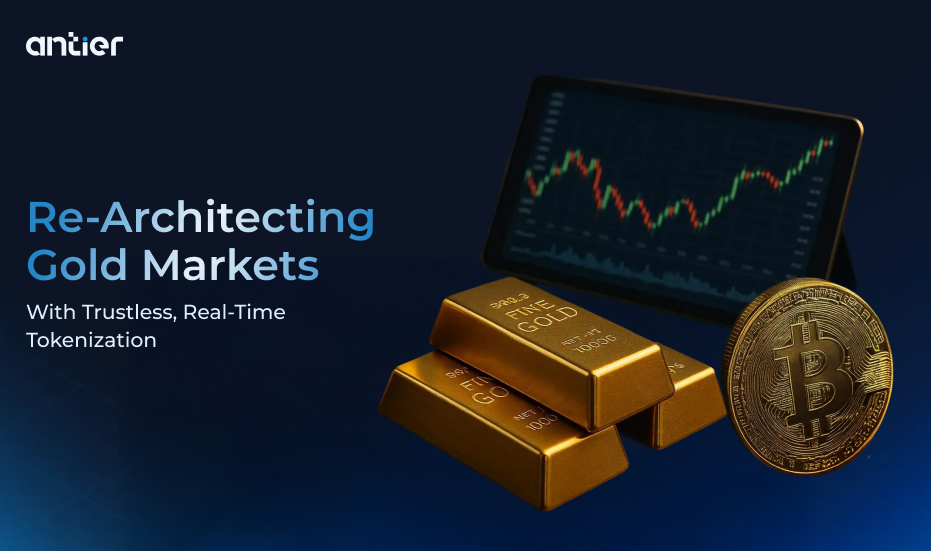The tokenization is shaking the financial world. Assets such as property, equity, fine art, and more are transformed into digital tokens on a blockchain with the new age of ownership and investment. According to Roland Berger study, by 2030, the overall market value of tokenized assets, whether tangible or intangible, is projected to surpass USD 10 trillion.
At the heart of this revolution are the white-label tokenization platforms, offering access to all the instruments that the asset manager needs to explore this complex landscape. These platforms are changing the way asset management is being thought through.
What Are White-Label Tokenization Platforms?
Think of white-label tokenization platforms as customizable toolkits designed for asset managers. They enable managers to create and manage their own tokenized assets while taking care of the technical details behind the scenes. It means asset managers can focus on what they do best—crafting strategies and building relationships—without getting bogged down by the intricacies of blockchain technology.
Key Features of White-Label Tokenization Platforms
White-label tokenization platforms are preloaded with features that enhance the asset management experience:
- Asset Management: These platforms use tools for handling a whole range of assets starting from property to securities.
- Token Creation: They allow one to create different types of tokens, be it security or utility tokens, depending on the investment need.
- Security: Fraud and cyber-threat protection features that ensure one’s investor interests are safeguarded.
- Integration: Seamless compatibility with existing financial systems and blockchain networks will facilitate easier transitions.
- Fractionalization: This feature enables multiple investors to share ownership over high-value assets, thus making room for more investors into high-value assets.
- Secondary Market: Options for trading tokenized assets enhance liquidity.
- Dividend Distribution: Simplifies the process of distributing dividends to token holders.
- Voting Rights: Some platforms enable token holders to participate in governance decisions, giving them a say in important matters.
- Proof of Ownership: Digital records make verifying ownership straightforward.
- Transparency: Real-time insights into asset performance build investor trust.
- Interoperability: Connects with other blockchain networks for seamless transactions.
- Customization: Flexibility to tailor the platform to meet different asset managers’ needs.
- API Integration: Many platforms support automation through APIs, enhancing functionality by linking with other applications.
- Customer Support: Dedicated services help asset managers and investors navigate the platform effectively.
Benefits of White Label Tokenization Platforms for Asset Managers
There are many benefits of adopting a white-label tokenization platform, which has an impact on efficiency, accessibility, and competitiveness.
- Faster Time-to-Market: The biggest advantage is the speed with which tokenized assets can reach the market. These platforms allow managers to take products to market far quicker than traditional methodologies. A PwC study found that tokenized assets can hit the market quicker, which means that managers can react to opportunities much faster.
- Higher Productivity: Most of the manually executed activities are automated by these platforms. This in turn results in increased efficiency at a lesser cost of operations. As stated by McKinsey & Company, tokenization also cuts down operational costs.
- Increased Accessibility: Tokenization democratizes investment opportunities, hence making the given assets highly accessible to a diverse range of investors, who may comprise even common individuals. Surveys show more than half of the investors in tokenized assets, proving that this appetite is rising in the market.
- Increased Liquidity: As tokenized assets would be traded on secondary markets, liquidity is expected to rise and consequently the transactional costs. There is no doubt that tokenized assets are more liquid than traditional assets.
- Fractional Ownership: The openness of high-value assets to small investors creates space for including a much larger pool of potential investors. Recent reports indicate that indeed an upsurge in fractional ownership of tokenized assets has emerged over the last year, which points to an obvious direction of the market.
Real-World Applications of Tokenization Platforms
- Real Estate: Tokenizing real estate enables fractional ownership, allowing individuals to invest in expensive properties. Companies like Statera have successfully tokenized commercial properties, letting investors buy shares. Similarly, RealT offers a platform for investing in tokenized properties in various locations, catering to a diverse audience.
- Fine Art: The fine art market is also embracing tokenization. Companies like Maecenas collaborate with well-known artists to tokenize their works, making high-value art more accessible. Artory focuses on tokenizing iconic pieces, opening up new avenues for art investment.
- Securities: Tokenization is revolutionizing how securities are issued and traded. The Security Token Group has developed platforms that specialize in private equity and venture capital, enhancing market efficiency. Tokeny also provides solutions for various types of securities, including debt and equity.
- Commodities: Tokenizing commodities can improve transparency and reduce transaction costs. Companies like Commodity.io and GrainChain are leading the charge by successfully tokenizing precious metals and agricultural products.

Future Trends: What Lies Ahead?
Looking ahead, several trends are likely to shape the landscape of white-label tokenization platforms:
- Increased Adoption: As regulatory frameworks become clearer and awareness of tokenization grows, we can expect more widespread adoption of these platforms. Analysts predict strong growth in the global tokenization market in the coming years.
- Expansion of Asset Classes: Beyond traditional assets, tokenization is likely to explore new areas such as carbon credits, intellectual property, and collectibles, broadening investment opportunities.
- Integration with DeFi: The merging of white-label tokenization platforms with decentralized finance (DeFi) could lead to innovative financial products, such as tokenized derivatives and lending solutions.
- Cross-Border Transactions: Tokenization can facilitate more efficient cross-border transactions, lower costs and enhancing transparency, particularly beneficial for emerging markets.
- Enhanced Security and Compliance: As regulations tighten, platforms will need to invest in advanced security features and compliance mechanisms to meet evolving standards.
- Artificial Intelligence and Machine Learning: Leveraging AI and machine learning can optimize tokenization processes, improve risk management, and enhance the overall investor experience. For example, AI could automate asset valuations and offer personalized investment recommendations.
Conclusion
White-label tokenization platforms are fundamentally transforming asset management by providing flexible, scalable solutions for managing a diverse range of assets. The shift enhances accessibility and liquidity, paving the way for a more efficient investment landscape. As technology continues to evolve, we can expect more innovative applications and widespread adoption of these platforms. The future of asset management looks promising, driven by the potential of tokenization to redefine traditional financial practices.
